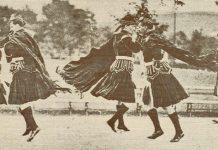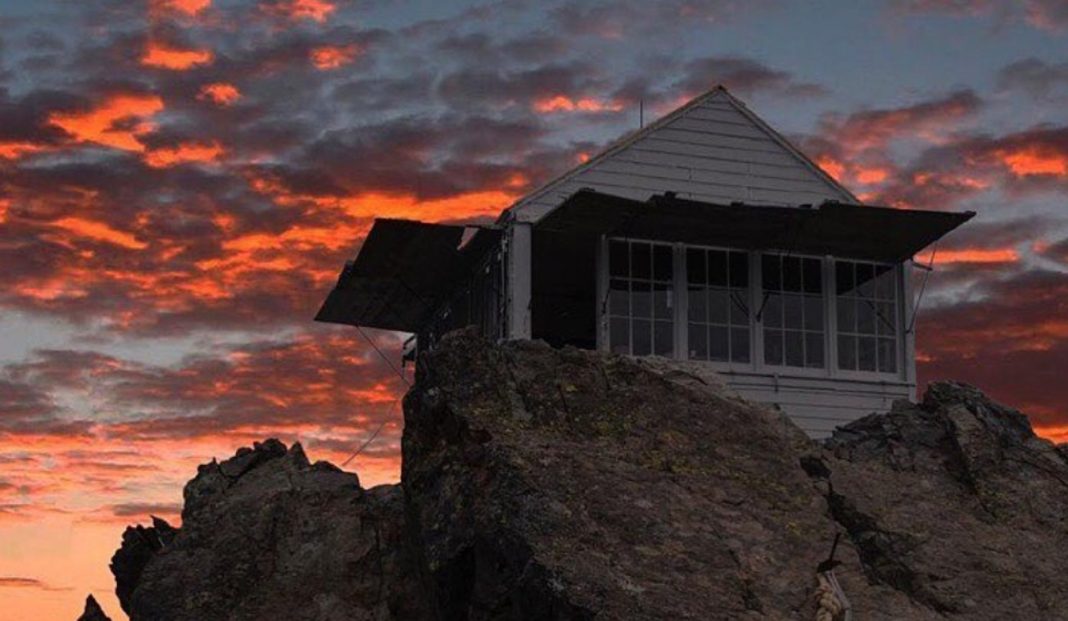Mighty mountains, raging rivers, and never-ending forests of evergreen — when people around the world think of Washington, one of the first things to always come to mind is our lush wilderness and great outdoors. After all, they don’t call us “The Evergreen State” for just any old reason, with pioneer Seattle realtor and historian C.T. Conover coining the phrase roughly 130 years ago, who gave it the moniker specifically for its abundance of evergreen forests.
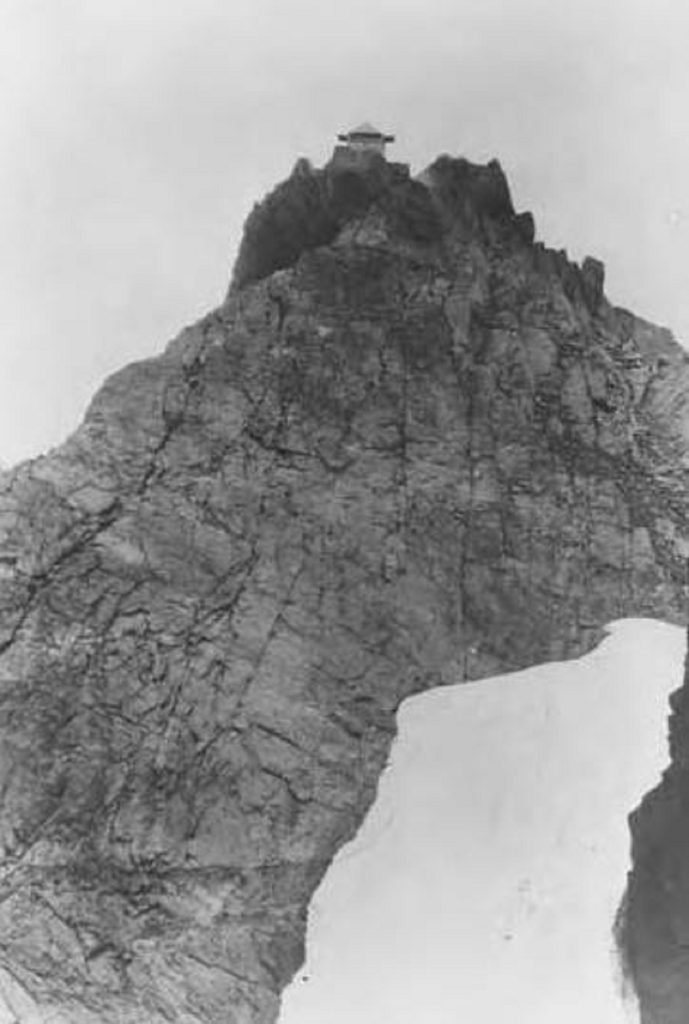
All these years later and still a big part of the state’s identity, residents and tourists travel far and wide to explore some of the state’s best secrets in nature as they hike the many trails within our borders. Snohomish County, in particular, is home to many of these seemingly ordinary trails that lead to grand adventures as outdoor enthusiasts hike back into the past to visit the Monte Cristo Ghost Town, enjoy animal adventures by hiking to the Granite Falls Fishway, learn some local history while hiking the Lime Kiln Trail near Granite Falls. They can even explore Snohomish County’s historic fire observation building at Three Fingers Lookout by following the trail!
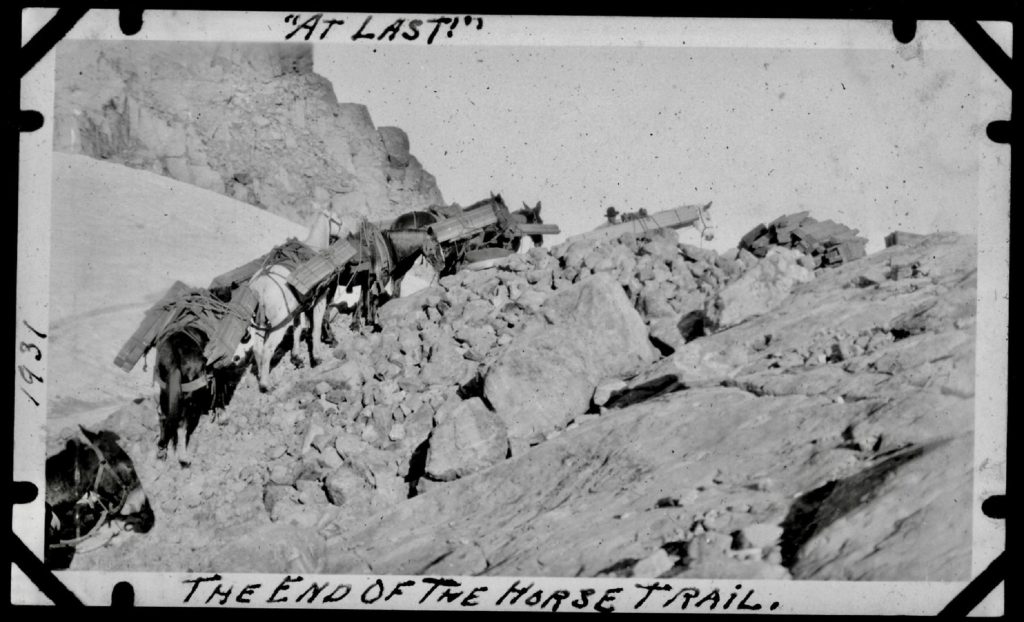
Three Fingers Lookout Has Been Keeping an Eye on Snohomish since the 1930s
The first ascent of Three Fingers Lookout took place in 1929 by Harry Bedal and Harold Engles, a Darrington District Ranger, when they investigated its feasibility as a fire observation site. Given its visual prominence and unobstructed views, the two were satisfied with their findings and returned home to begin work on the project with the help of Fred Benesh. The lookout was built over three years between 1930 and 1932, and this impressive feat was not without its challenges.
Crew members had to first prepare the site by blasting 15 feet off the top of the pinnacle to create a level foundation. Construction materials had to be brought up by pack animals, but only up to 600 feet of the summit once they ran out of legroom. A tram system was installed to transport supplies the rest of the nearly vertical way up to the work site, accessed by ropes and ladders.
Initially, the plan was to build a 12 by 12 feet structure, known as a D-5 lookout in architectural Forest Service terms. Plans changed when the Darrington Ranger District was provided a standard 14 by 14 feet L-4 lookout instead. The larger design barely fit on the summit, resulting in the tower lacking a catwalk, which typically comes with the tower type. Despite the changes, the building is still today a nearly perfect example of an L-4 Forest Service lookout tower. Continuing to venture beyond the standard design, the building also boasts a striking gable roof, making it one of two gable-roofed L-4 models still standing in the Mount Baker-Snoqualmie National Forest today, in addition to already being one of the oldest and longest-enduring surviving observation posts in the forest.
Upon completion, it was named after Three Fingers Mountain, which overlooks the tower’s lookout points. Thanks to its high vantage point for spotting wildfires, the tower would play a crucial role in the region’s forest management during the early 20th century.
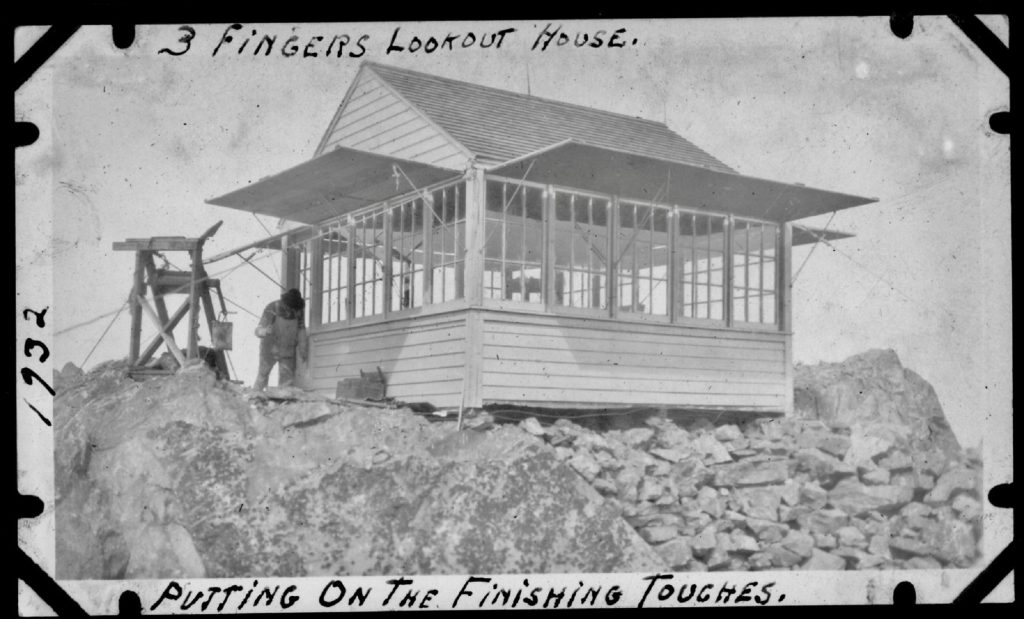
The Historic Three Fingers Lookout Continues to Provide Spectacular Views of the Past and Present
Three Fingers Lookout’s lofty perch made it undoubtedly one of the most improbable locations for a man-made structure. Still, today, the trek’s final push to the tower consists of climbing up a series of steep ladders that are purely vertical. Needless to say, as far as dramatic perches go, it most certainly can’t be beaten, and even the breathtaking climb has been well worth it for travelers and adventure-seekers throughout the ages.
The building was staffed seasonally between 1933 until 1942 when it was then abandoned due to financial reasons. Eventually, the local mountaineering group, the Everett Mountaineers, took over maintenance of the structure in the mid-1960s. Later, in 1896, they replaced the cedar shingles, repaired windows, and made minor structural updates, a project that delighted then Retired Ranger Engles, who was still alive and well, happy to see such improvements. The repairs were made just before the building was listed on the National Register of Historic Places in 1987, another accomplishment Engles was thrilled to see take place before his passing in August of 1993.
Further significant repairs were completed in 2021 by the volunteer group Friends of Three Fingers Lookout. Thanks to the continued dedication of both amazing groups, Three Fingers Lookout continues to stand as a testament to human ingenuity and perseverance as locals and visitors alike continue to flock to its daunting peak for a once-in-a-lifetime adventure and view of Snohomish County.
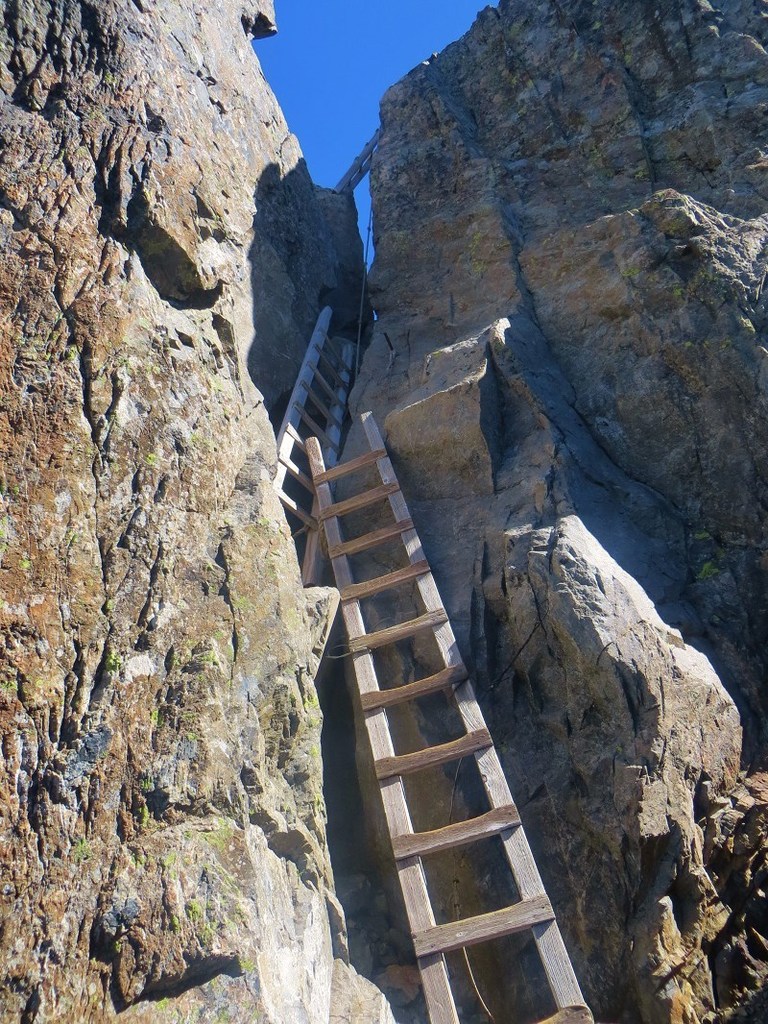
Transcending to New Heights with a Hike to Three Fingers Lookout
Since Three Fingers is one of the toughest lookouts to reach in the state due to its long distance and technical route challenges, this journey is not for the faint of heart. Those brave enough to take on the challenge should prepare for a difficult and strenuous hike and bring mountain climbing equipment as it’s required for the trail’s last half mile. Explorers are also advised to check the weather before beginning their ascent, as unpleasant weather only makes the journey much more difficult.
The hike begins with a long ten-mile walk along a washed-out forest road, which can also be biked. From there, visitors will begin the journey with a trek to Saddle Lake during the first two and a half miles. Then, the trail starts to climb slowly above the tree line the next two miles to Goat Flats, which makes an excellent lunch break or overnight camping spot. Remember to bring bear canisters for an overnight trip to this location, as they’ve been known to frequent the area.
The trail tends to get trickier as you go, but it largely depends on current conditions. You may encounter the Queest-Alb Glacier if it is still early in the year, which means navigating icy patches and potentially steep snowfields on the south ridge. Safer route options emerge later in the season, when it is usually possible to drop into a moat between the glacier and rock, offering a more stable path. As you near the glacier’s top, the trail traverses back to the south and to the bottom of a snowfield that lingers year-round.
Once reaching the top of the snowfield, the route becomes a rock scramble up to the infamous three ladders — the final hurdle before the summit. While the ladders are dependable, transitioning between the second and third ladder is tricky and challenging to negotiate with a backpack. After conquering the third ladder, climbers will find themselves at the summit rock and the unbelievable vertical perch of Three Fingers in its truly dramatic form.

Enjoy Views of the Past and Present at Three Fingers Lookout in Snohomish County
Though the journey will be long, those who have reached the top of Three Fingers Lookout find it a truly rewarding experience as incredible panoramic views of the region’s landscape surround them. Lush forests, pristine lakes, and breathtaking alpine meadows can be seen from miles away, making it a paradise for photographers, hikers, and anyone looking to get away and get lost in nature. At 6,859 feet, it is the 12th most prominent peak in Washington and the best views in Snohomish County.
The view is only intensified by the night sky. While the lookout may not be a luxury hotel, it can comfortably accommodate a few people for an overnight stay. However, it is essential to note that such reservations are on a first-come, first-served basis as far as sleeping arrangements go, and no camping is allowed outside the structure. Still those lucky enough to settle in and cozy up can expect a magnificent night spent under the stars that seem so close, you could reach out and grab them.
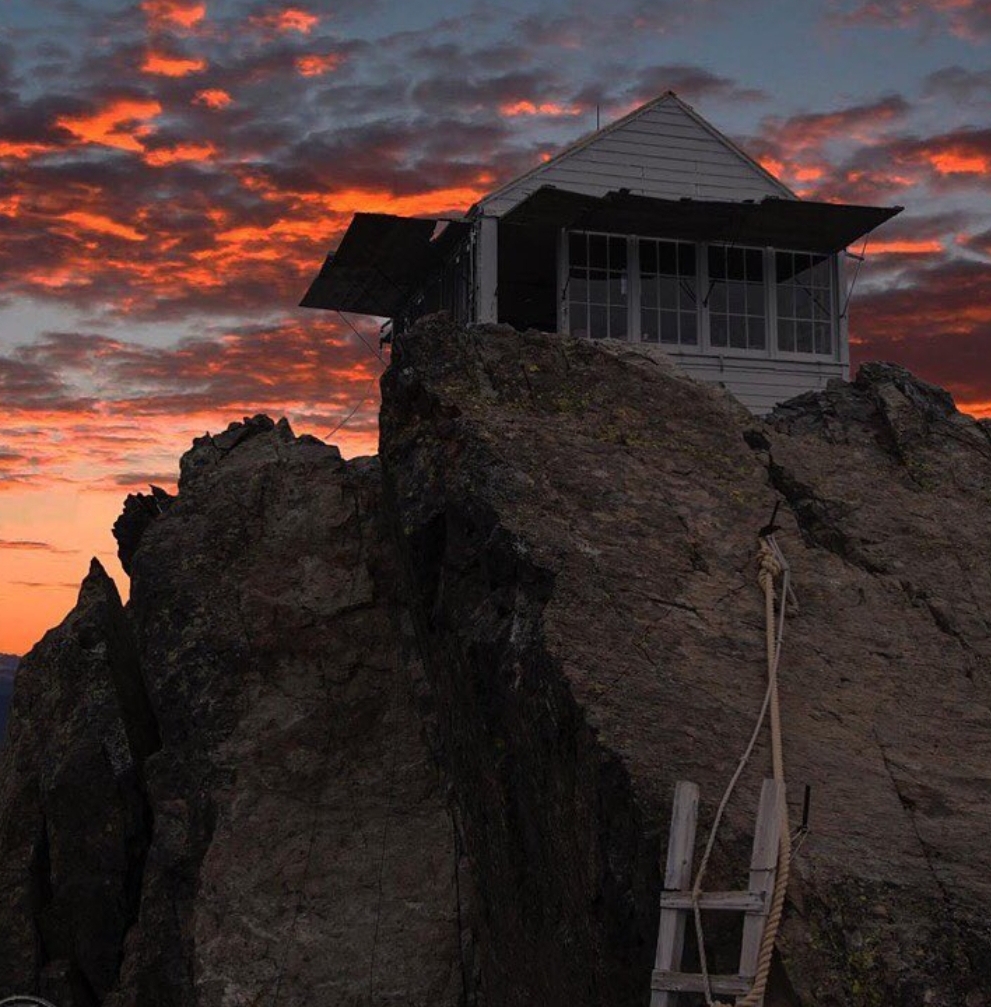
Whether you stay for a night or visit for a few hours, this hidden gem in the heart of the Cascades promises not just an unforgettable experience amidst the splendor of nature here in Snohomish County but also offers a rare opportunity to step back in time and appreciate the historic role the tower played in the conservation of our natural resources. Three Fingers Lookout truly is a glimpse into our past, present, and future as it continues to watch over our region, just as it did nearly a hundred years ago.

























